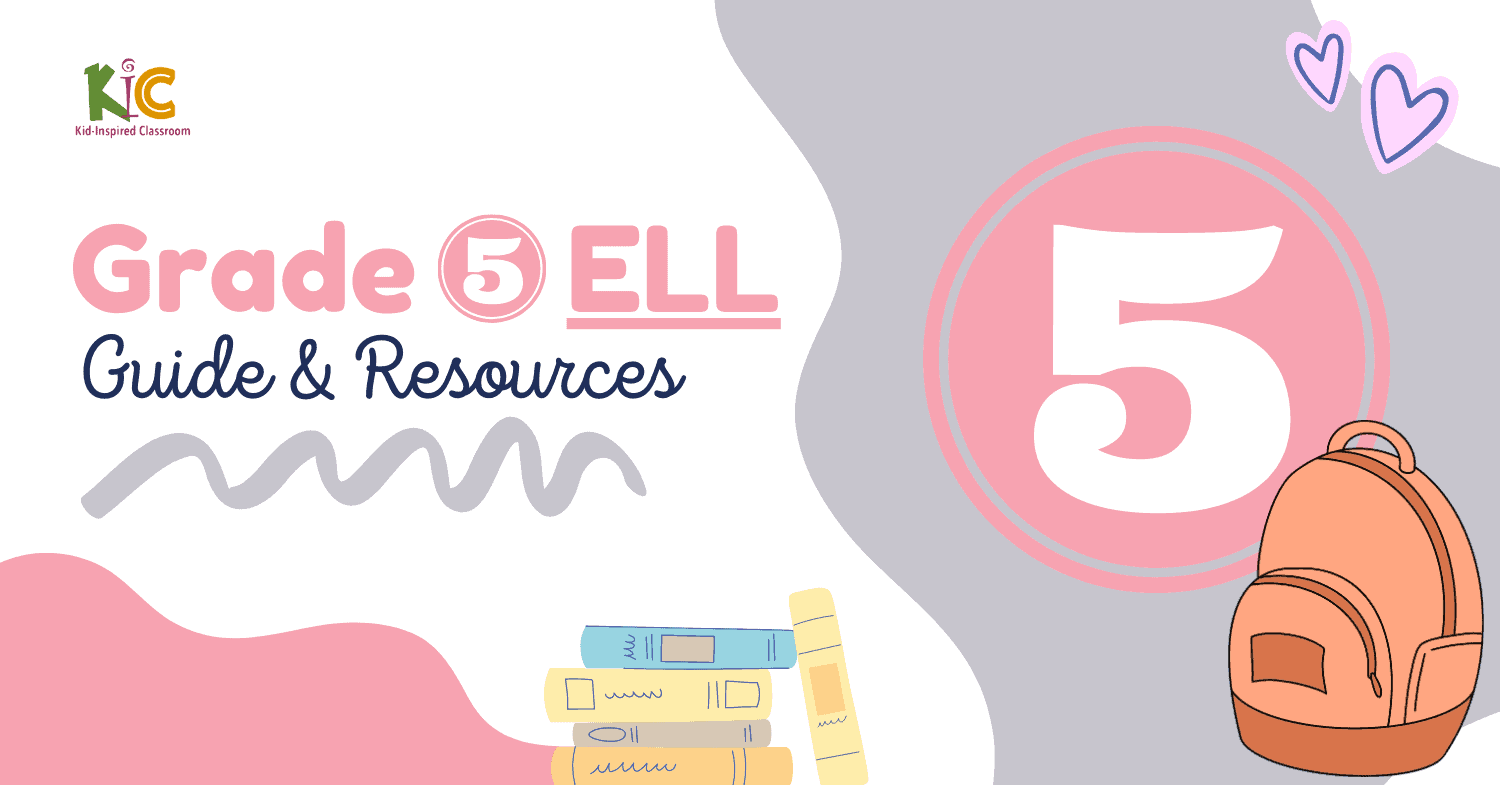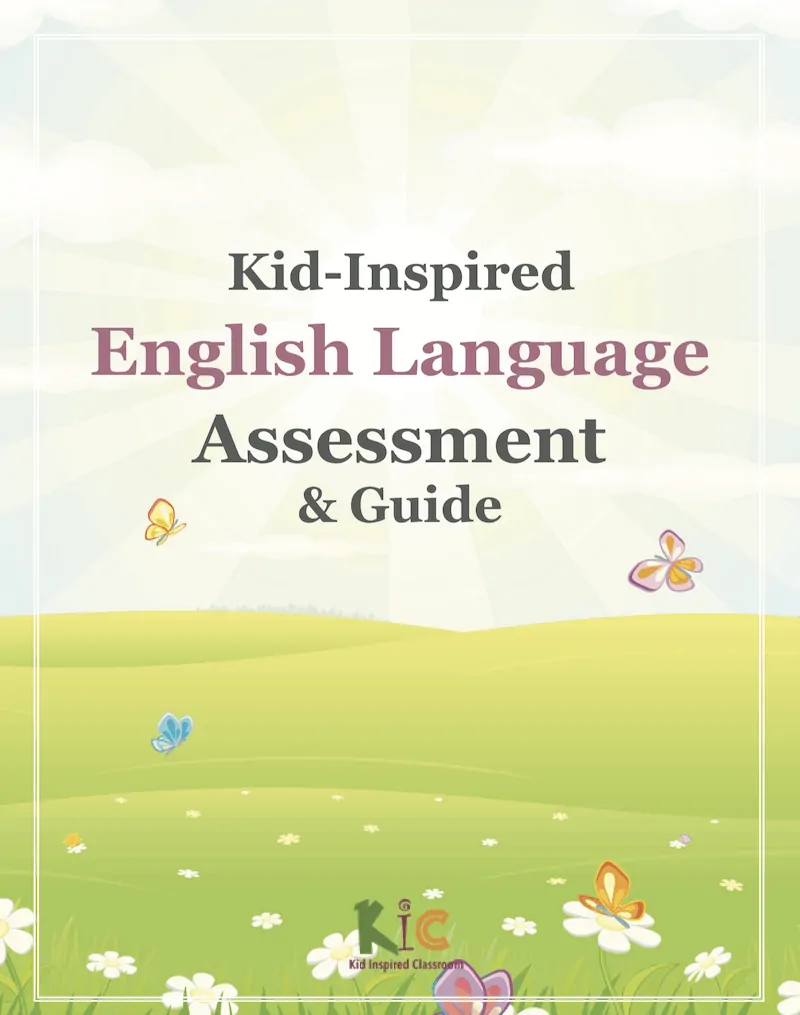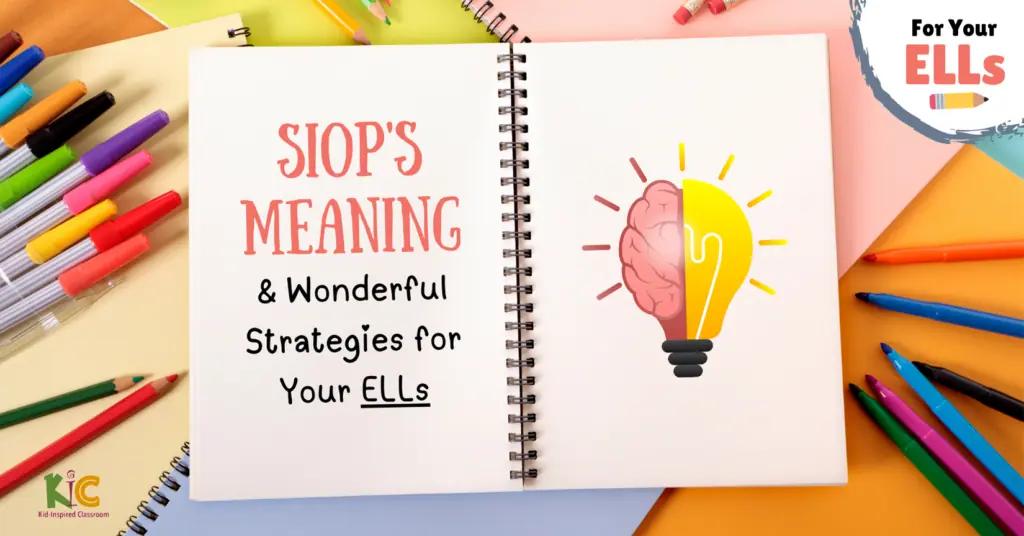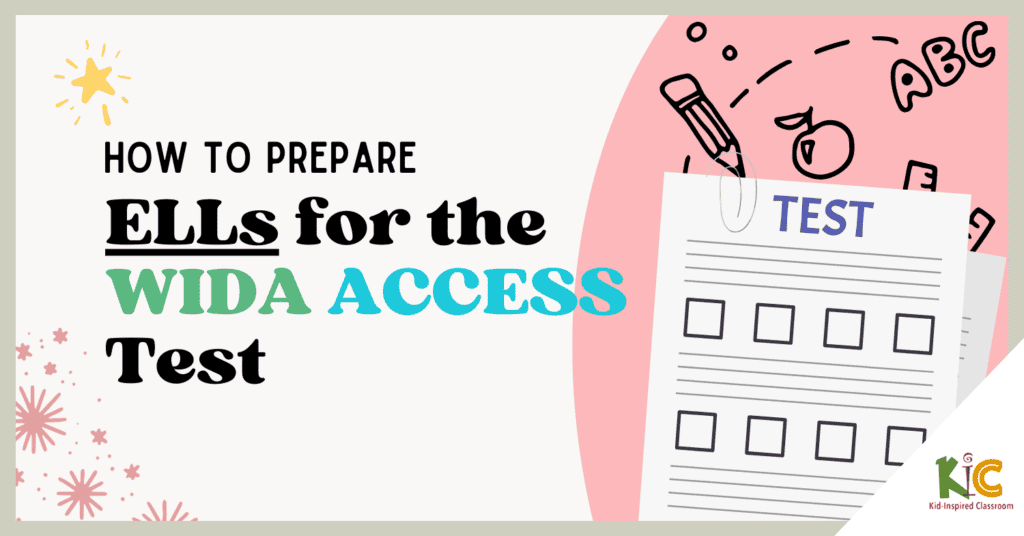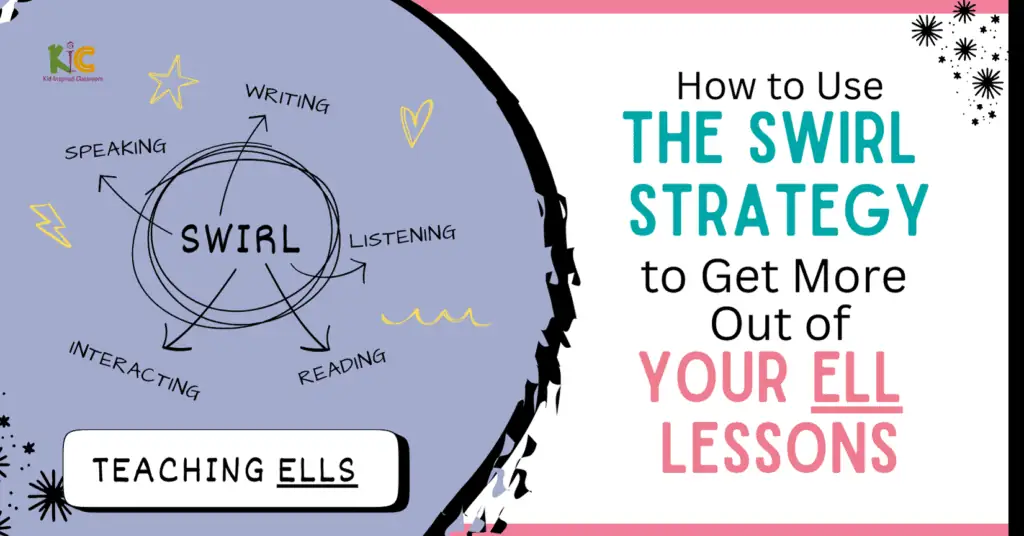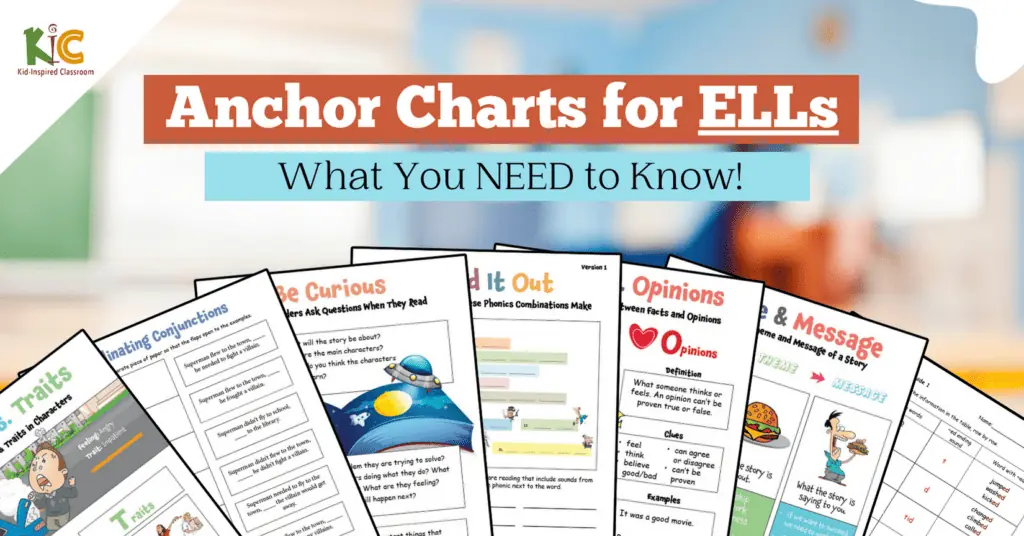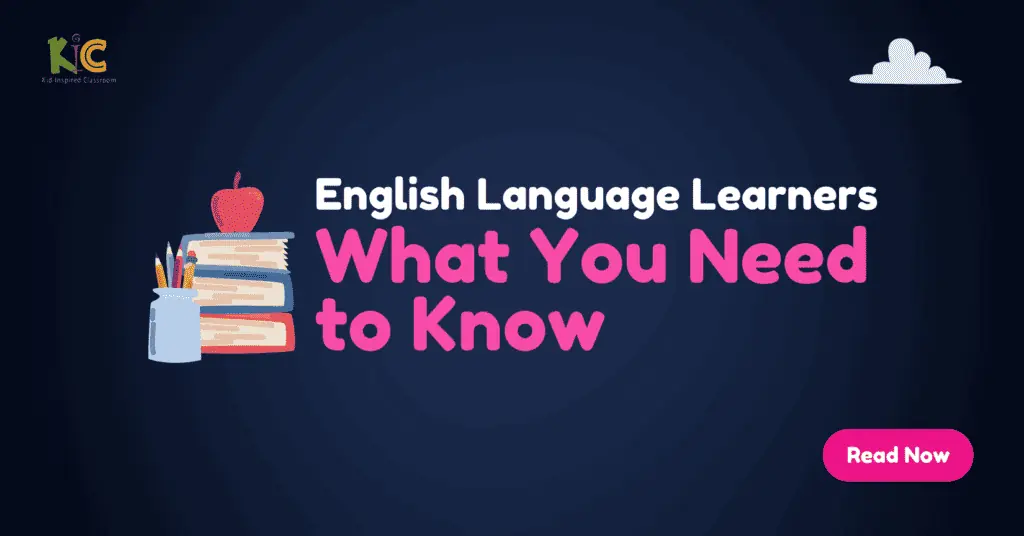5th Grade Foundations
In this article, I have pulled together and summarized grade 5 standards as well as best practices for helping English learners at different levels meet those standards.
You will walk away with a better understanding of what goals to focus on as well as strategies for how help your ESL students make solid progress towards those goals.
Let's get started.
Can a student read at or over 110 words a minute after subtracting mistakes?
If students are reading slower than 100 w/m, they will likely struggle with the length, vocabulary, and complexities of more difficult fifth grade texts.
If a student is reading 5th grade texts at over 60 words a minute, it is probably not a phonics issues and the student probably just needs to read more. Unless, of course, you can't understand a word they are saying, in which case, they need to work on their phonics and slow down enough to read clearly.
If they are reading fewer than 60 words a minute and/or making lots of mistakes, it is probably a phonics issue and a good phonics assessment can you help you decide what area will have the biggest impact on a student's reading.
Can a student speak in full, coherent sentences?
Students tend to write how they speak. If they cannot put together a full, coherent sentence in speech, they are far less likely to be able to do so in writing.
The language expectations (L 5.1) of grade 5 include the ability to use and explain conjunctions (in particular, correlative conjunctions: either/or, neither/nor), prepositions, and interjections. Students also need to be able to use the perfect tenses as well as use verb tense to convey various times, sequences, states, and conditions. The ability to correct inappropriate shifts in verb tense is also a priority. (SL 5.6, L 5.1)
Teaching Tip: If students struggle to create sentences such as these, you will likely want to start most of your practices with a lot of speaking exercises, getting students saying what they are going to write before you have them attempt to put pencil to paper.
Relevant Vocabulary and Background Knowledge (L 5.4, 5.5 RL 5.4)
Students need to "determine or clarify the meaning of unknown or multiple-meaning words and phrases" as well as "use common, grade-appropriate Greek and Latin affixes and roots as clues to meaning of a word (e.g. photograph, photosynthesis)."
These standards can be challenging for native speakers.
For ELs, they can be daunting.
Teaching Tip: Telling ELs what words mean is not enough. They need to use words a lot, both everyday and academic words, hearing them, speaking them, reading them, and writing them, preferably in that order.
5th Grade Standards
I have tried to group similar standards together where possible. I have also separated out those standards that can be practiced alongside most any other standard. My goal is to focus our attention on what is going to get us the most "bang for our buck" so to speak.
Reading and Speaking Standards
Things to keep in mind:
- Ensure students have a grasp of the vocabulary and concepts needed to understand the text they are going to read.
- Summarizing stories can be incredibly difficult for language learners, first because they haven't understood the story well enough, or second because they can't focus on the right details.
- After filling in a main ideas and details graphic organizer, you can model what a good summary would look like and even have students practice your summary until they get their heads around the structure of it.
- Have them try saying a summary of a story using their graphic organizers with a partner. Then have them try writing it.
* If there is time, once students have understood the theme and character responses, you can have them consider how the narrator's or speaker's point of view has influenced how events were described (RL 5.6)
Standards
- Refer to details and examples in a text when explaining what the text says explicitly and when drawing inferences from the text. (RL 5.1, RI 5.1)
- Determine a theme of a story, drama or poem from details in the text, including how characters in a story or drama respond to challenges or how the speaker in a poem reflects upon a topic; summarize the text. (RL 5.2)
- Explain how a series of chapters, scenes, or stanzas fits together to provide the overall structure of a particular story, drama, or poem. (RL 5.5)
- Describe how a narrator's or speaker's point of view influences how events are described. (RL 5.6)
- Summarize a written text read aloud or information presented in diverse media and formats, including visually, quantitatively, and orally. (SL 5.2)
- Report on a topic or text or present an opinion, sequencing ideas logically and using appropriate facts and relevant, descriptive details to support main ideas or themes; speak clearly at an understandable pace. (SL 5.4)
Things to keep in mind:
- Have students work through a story to find the characters, settings, and main events on a story map graphic organizer.
- Have students go through a story with a highlighter (make a copy of a page or two from the story if you cannot highlight directly in a book) to find descriptions of 2 characters or 2 settings.
- Discuss with a partner the results of highlighting, organizing the details in a Venn Diagram.
- Write a short essay comparing the 2 characters, settings or events.
Standards
- Compare and contrast two or more characters, settings, or events in a story or drama, drawing on specific details in the text (e.g., how characters interact). (RL 5.3)
Things to keep in mind:
- Ensure students have a grasp of the vocabulary and concepts needed to understand the text they are going to read.
- Students basically need to be able to summarize what a text says, make inferences about the text, and know the difference between the two.
- Focus on what the text actually says first using a Main Idea and Details graphic organizer. Then discuss what inferences can be made and organize those on a Text Says / I Infer organizer.
Standards
- Refer to details and examples in a text when explaining what the text says explicitly and when drawing inferences from the text. (RL 5.1, RI 5.1)
- Determine two or more main ideas of a text and explain how they are supported by key details; summarize the text. (RI 5.2)
- Explain how an author uses reasons and evidence to support particular points in a text, identifying which reasons and evidence support which point(s). (RI 5.8)
- Summarize a written text read aloud or information presented in diverse media and formats, including visually, quantitatively, and orally. (SL 5.2)
- Report on a topic or text or present an opinion, sequencing ideas logically and using appropriate facts and relevant, descriptive details to support main ideas or themes; speak clearly at an understandable pace. (SL 5.4)
Things to keep in mind:
- Read a story aloud as a class or in small groups. Students highlight sentences that show the interaction between 2 individuals, events, etc.
- Write those sentences on a Cause and Effect Matrix. Discuss as a class or in small groups what conclusions you can draw from the interaction between the 2 individuals, events, etc.
- Write a short essay describing the interaction.
Standards
- Explain the relationships or interactions between two or more individuals, events, ideas, or concepts in a historical, scientific, or technical text based on specific information in the text. (RI 5.3)
Things to keep in mind:
- Whereas in previous grade levels, students were working to understand the chronology, cause/effect or problem/solution of a single text, now they are identifying these in multiple texts and analyzing the differences.
- Start by analyzing texts individually for their chronology, cause/effect or problem/solution. Students will start noticing the differences naturally as you analyze the second text.
- As students notice similarities and differences, have them make notes on a Venn Diagram.
Standards
- Compare and contrast the overall structure (e.g., chronology, comparison, cause/effect, problem/solution) of events, ideas, concepts, or information in two or more texts. (RL 5.5)
- Analyze multiple accounts of the same event or topic, noting important similarities and differences in the point of view they represent. (RI 5.6)
- Integrate information from several texts on the same topic in order to write or speak about the subject knowledgeably. (RL 5.9)
Writing Standards
Things to keep in mind:
- Students will need to link opinion and reasons using words and phrases (e.g., for instance, in order to, in addition).
Standards
- Write opinion pieces on topics or texts, supporting a point of view with reasons and information. (W 5.1)
- Introduce a topic or text clearly, state an opinion, and create an organizational structure in which ideas are logically grouped to support the writer's purpose.
- Provide logically ordered reasons that are supported by facts and details.
- Link opinion and reasons using words, phrases, and clauses (e.g., consequently, specifically).
- Provide a concluding statement or section related to the opinion presented.
- Produce clear and coherent writing in which the development and organization are appropriate to task, purpose, and audience. (Grade-specific expectations for writing types are defined in standards 1-3 above.) (W 5.4)
- With guidance and support from peers and adults, develop and strengthen writing as needed by planning, revising, editing, rewriting, or trying a new approach. (Editing for conventions should demonstrate command of Language standards 1-3 up to and including grade 5 here.) (W 5.5)
- With some guidance and support from adults, use technology, including the Internet, to produce and publish writing as well as to interact and collaborate with others; demonstrate sufficient command of keyboarding skills to type a minimum of two pages in a single sitting. (W 5.6)
- Recall relevant information from experiences or gather relevant information from print and digital sources; summarize or paraphrase information in notes and finished work, and provide a list of sources. (W 5.8)
- Draw evidence from literary or informational texts to support analysis, reflection, and research. (W 5.9)
Things to keep in mind:
- Once students have a topic to inform about or explain, they can write it in the main idea of their Main Ideas and Details Web Graphic Organizer. Afterward, they can write out the details they want to include.
- The details may require some brainstorming and categorizing. Sticky Notes can be a fun--although wasteful--way of brainstorming. Students write each idea they come up with on a sticky note. Then they move the sticky notes around grouping them by similar topic. Once they have a few groups, they can label those groups in the details section of their graphic organizer.
- Afterward, they will need to plan out their essay by identifying facts, definitions, concrete details, quotations and other information they want to include for each supporting detail.
Standards
- Write informative/explanatory texts to examine a topic and convey ideas and information clearly. (W 5.2)
- Introduce a topic clearly, provide a general observation and focus, and group related information logically; include formatting (e.g., headings), illustrations, and multimedia when useful to aiding comprehension.
- Develop the topic with facts, definitions, concrete details, quotations, or other information and examples related to the topic.
- Link ideas within and across categories of information using words, phrases, and clauses (e.g., in contrast, especially).
- Use precise language and domain-specific vocabulary to inform about or explain the topic.
- Provide a concluding statement or section related to the information or explanation presented.
- Produce clear and coherent writing in which the development and organization are appropriate to task, purpose, and audience. (Grade-specific expectations for writing types are defined in standards 1-3 above.) (W 5.4)
- With guidance and support from peers and adults, develop and strengthen writing as needed by planning, revising, editing, rewriting, or trying a new approach. (Editing for conventions should demonstrate command of Language standards 1-3 up to and including grade 5 here.) (W 5.5)
- With some guidance and support from adults, use technology, including the Internet, to produce and publish writing as well as to interact and collaborate with others; demonstrate sufficient command of keyboarding skills to type a minimum of two pages in a single sitting. (W 5.6)
- Recall relevant information from experiences or gather relevant information from print and digital sources; summarize or paraphrase information in notes and finished work, and provide a list of sources. (W 5.8)
- Draw evidence from literary or informational texts to support analysis, reflection, and research. (W 5.9)
Things to keep in mind:
- Students can first organize the main flow of their story by filling out the Story Map Graphic Organizer.
- Use the Character Profile Graphic Organizer to fill out details about their characters. Students write down descriptive words and phrases like adjectives, clothing, hair style as well as lots of verbs the student could use to describe major actions that character does in the story.
- You could have students find a descriptive sentence or two from the beginning of a book they like that introduces a character and model their introduction similarly.
Standards
- Write narratives to develop real or imagined experiences or events using effective technique, descriptive details, and clear event sequences. (W 5.3)
- Orient the reader by establishing a situation and introducing a narrator and/or characters; organize an event sequence that unfolds naturally.
- Use narrative techniques, such as dialogue, description, and pacing, to develop experiences and events or show the responses of characters to situations.
- Use a variety of transitional words, phrases, and clauses to manage the sequence of events.
- Use concrete words and phrases and sensory details to convey experiences and events precisely.
- Provide a conclusion that follows from the narrated experiences or events.
- With guidance and support from peers and adults, develop and strengthen writing as needed by planning, revising, editing, rewriting, or trying a new approach. (Editing for conventions should demonstrate command of Language standards 1-3 up to and including grade 5 here.) (W 5.5)
- Recall relevant information from experiences or gather relevant information from print and digital sources; summarize or paraphrase information in notes and finished work, and provide a list of sources. (W 5.8)
Other Standards
You can bundle the objectives below with many or all of the objectives above rather than take time to deal with them separately.
Things to keep in mind:
- Pre-teach vocabulary and provide a word bank relevant to a task for beginners and low-intermediate students. For intermediate to upper-intermediate provide a word bank.
- Students cannot understand a word from context if they cannot understand the context either. Natalie Wexler's book The Knowledge Gap is particularly instructive when it comes to reading comprehension. Background knowledge seriously impacts comprehension. You can build background knowledge by reading to students on a topic, teaching them directly about it and practicing relevant vocabulary before having students read texts themselves on that topic.
Standards
- Determine the meaning of general academic and domain-specific words and phrases in a text relevant to a grade 5 topic or subject area. (RI 5.4)
- Determine the meaning of words and phrases as they are used in a text, including figurative language such as metaphors and similes. (RL 5.4)
Things to Keep in Mind:
Providing students with sentence frames they can use to participate and practicing good examples of sentences using those sentence frames will help build the confidence and fluency students need to be able to use it when they need it.
Standards
- Engage effectively in a range of collaborative discussions (one-on-one, in groups, and teacher-led) with diverse partners on grade 5 topics and texts, building on others' ideas and expressing their own clearly. (SL 5.1)
- Come to discussions prepared, having read or studied required material; explicitly draw on that preparation and other information known about the topic to explore ideas under discussion.
- Follow agreed-upon rules for discussions and carry out assigned roles.
- Pose and respond to specific questions by making comments that contribute to the discussion and elaborate on the remarks of others.
- Review the key ideas expressed and draw conclusions in light of information and knowledge gained from the discussions.
- Summarize the points a speaker makes and explain how each claim is supported by reasons and evidence. (SL 5.3)
Things to Keep in Mind:
There are so many tools that students can use to record, draw or create other types of visuals. This is a great add-on to any of the above standards as a final display of what a student has learned.
Standards
- Include multimedia components (e.g., graphics, sound) and visual displays in presentations when appropriate to enhance the development of main ideas or themes. (SL 5.5)
Differentiating for Grade 5 Students
Beginner/Entering:
- Vocabulary: Pre-teach vocabulary and provide a word bank.
- Read (& Listen): Provide graphic organizers partly filled in. Consider having them listen and discuss before reading.
- Speak: Provide sentence stems and lots of examples.
- Write: Use Substitution and Reading Clozes.
Low-Intermediate/Emerging:
- Vocabulary: Pre-teach or brainstorm together words they will need in a word bank.
- Listen & Read: Provide an empty graphic organizer. You can observe how they do without pre-filling anything.
- Speak & Write: Provide sentence stems for speaking and see if they can go without full examples.
- Write: Students can use their filled-in graphic organizers and some sentence frames to write 2-3 paragraphs.
Intermediate/Developing:
- Vocabulary: You can try PWIM and word banks.
- Listen & Read: Use empty graphic organizers.
- Speak & Write: Provide prompts and sentence stems with more academic language.
- Write: Develop a short essay based on the graphic organizers.
*This post has been developed based on the following resources: WIDA Can-D0 Descriptors, Common Core ELA Standards and New Language Arts Progressions (NLAP)
Activities and Strategies
5th Grade ESL - Materials & Resources
Here are some really helpful resources
- New Language Arts Progressions (NLAP) - This is a set of pdfs that give solid tips for what to expect from and how to assist students at each English level and grade level. Even though it is not organized in the most convenient way, I have found this resource particularly helpful.
- Sheltering Instruction in the Content Areas - This is a helpful post by Valentina Gonzales with downloadable pdfs on sheltering content in Social Studies, Math, Reading and Writing.
- ESL Teaching Methods from the Masters - This is a set of articles on leading professionals in the field of English Language Teaching. You'll find links to their blogs, resources and social media pages. I have personally been in touch with each of them and they are caring, approachable people to whom I owe a debt of gratitude.
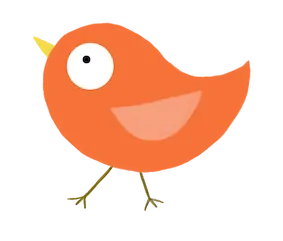
Kid-Inspired ESL Curriculum Membership Members:
For members, log in to view this page in the ESL Curriculum Membership with related teaching resources for each skill as well as other teaching materials for your fourth graders.
If you are not a member, click below to join the membership and see if it is a good fit for your needs. If you are not satisfied for any reason, cancel any time in the first 14 days for a full refund.
